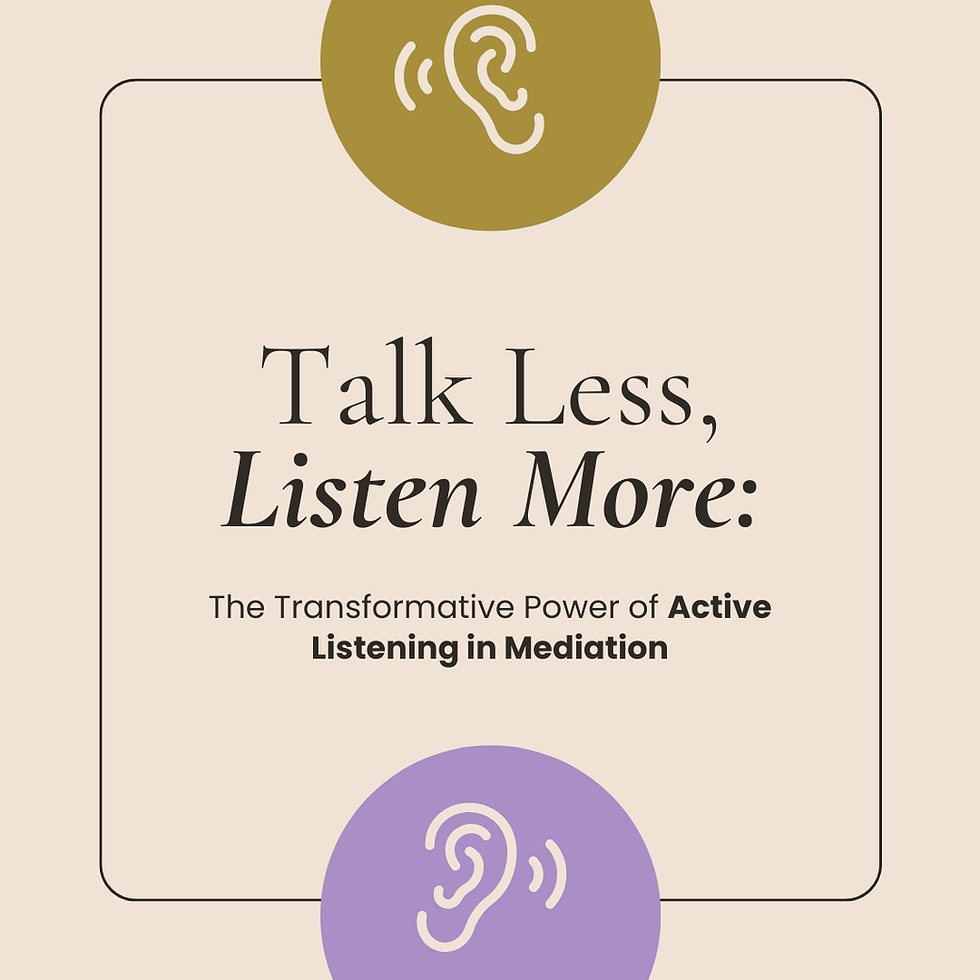The Goldilocks Principle in Family Law Mediation
- Jana de Waal

- Apr 14
- 2 min read
You probably remember the childhood tale of Goldilocks and the Three Bears. Goldilocks didn’t like her porridge too hot or too cold—it had to be just right. This idea of finding balance—what’s not too extreme on either end—is exactly what the Goldilocks Principle is about. And surprisingly, it’s not just for fairytales or physics. This principle plays a powerful role in family law mediation, where the stakes are high, the emotions are heavy, and finding common ground can feel impossible.
What is the Goldilocks Principle?
At its core, the Goldilocks Principle is about achieving a balanced, optimal state between two extremes. It shows up in psychology, engineering, and even planetary science—but in the context of family law, it’s about finding that emotional, psychological, and practical “just right” zone where resolution is actually possible.
In mediation, parties often arrive in drastically different mental states. One person might be angry and seeking to win every issue. The other might be checked out, distant, or attending mediation simply because they have to. Neither approach leads to resolution. A mediator’s role is to temper the room, helping both parties move toward equanimity—that “just right” zone where both can participate meaningfully and solutions become possible.
Why Now? Why Here?
As of late 2023, mandatory Alternative Dispute Resolution (ADR) requirements were introduced in Alberta. Now, parties must try mediation or settlement meetings before filing an application with the family court. While this shift encourages more out-of-court resolutions, it also means that more people are attending mediation unwillingly—treating it as a battleground rather than a space for dialogue.
That’s where the Goldilocks Principle becomes essential.
More than ever, mediators need strategies that not only guide discussions, but regulate emotions, rebalance power dynamics, and create safety. A skilled mediator doesn’t just manage logistics—they shape the atmosphere, guide communication, and push both parties toward equanimity.
The Goal? Equanimity.
Equanimity—a calm, composed mental state even in difficult situations—is the sweet spot where productive conversations happen. It’s also where long-term resolutions take root. Mediation isn’t just about compromise. It’s about helping people arrive at a place where they can engage with clarity, dignity, and respect—even in the toughest of circumstances.




Comments